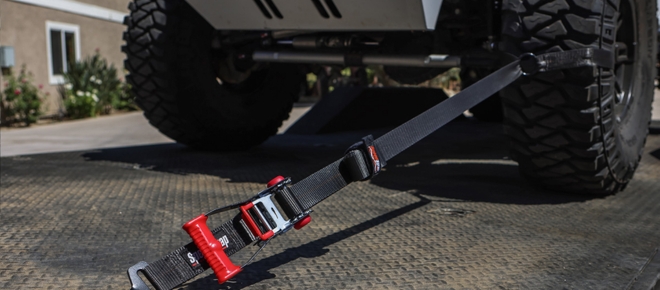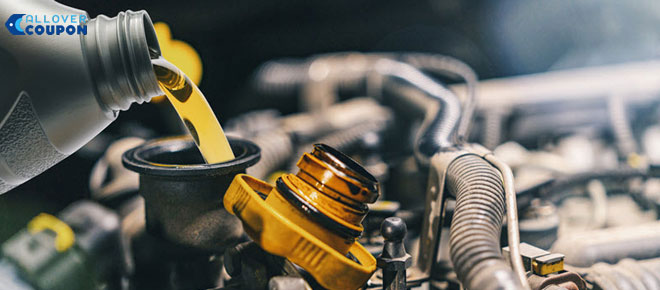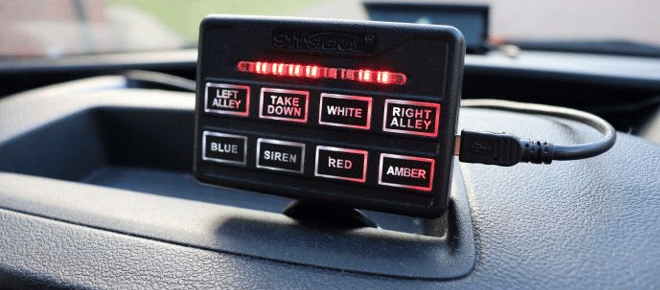Essential Tips for Using Automotive Tie-Down Straps Safely

Automotive tie-down straps are useful tools for securing your vehicle to a trailer, a tow truck, or another vehicle. They can prevent your vehicle from shifting, sliding, or falling off during transportation. However, using them incorrectly can result in damage to your vehicle, or the trailer, or even cause accidents on the road. Therefore, it is important to follow some essential tips for using automotive tie-down straps safely and effectively.
Choose the Right Type of Tie Down Straps
There are different types of tie-down straps available for different purposes and vehicles. Some of the most common ones are:
Wheel Straps
These are designed to wrap around the wheels of your vehicle and attach to the trailer or tow truck. They are ideal for vehicles with low ground clearance or fragile suspension systems. They can also prevent damage to the body or frame of your vehicle.
Axle Straps
These are designed to loop around the axle of your vehicle and attach to the trailer or tow truck. They are ideal for vehicles with high ground clearance or sturdy suspension systems. They can also provide more stability and control over your vehicle.
Tow Straps
These are designed to connect your vehicle to another vehicle for towing. They are usually made of nylon webbing, which can stretch and absorb shock. They are ideal for emergencies or short distances. However, they are not suitable for long-term or high-speed transportation. Use a Strapworks Coupon Code to save on your purchase.
Recovery Straps
These are designed to pull your vehicle out of a stuck situation, such as mud, sand, or snow. They are also made of nylon webbing, but they have loops at both ends instead of hooks. They are ideal for off-road or recovery scenarios. However, they are not suitable for securing your vehicle to a trailer or tow truck.
Before choosing a tie-down strap, you should consider the following factors:
- The size and weight of your vehicle
- The type and condition of your vehicle's wheels, axles, and suspension
- The type and condition of the trailer or tow truck
- The distance and speed of the transportation
- The weather and road conditions
You should always check the working load limit (WLL) and break strength of the tie-down straps, and make sure they are compatible with your vehicle and trailer. You should also inspect the straps for any signs of wear and tear, such as cuts, frays, abrasions, or rust. Replace any damaged or worn-out straps immediately.
Use the Proper Load Distribution and Tension
When using tie-down straps, you should distribute the load evenly and securely on your vehicle and trailer. You should also apply the proper tension to the straps to prevent them from loosening or snapping. Here are some tips for achieving the proper load distribution and tension:
- Center your vehicle on the trailer or tow truck, and align it with the direction of travel.
- Use at least four tie-down straps, one for each corner of your vehicle. If your vehicle is longer than 20 feet, use additional straps for every 10 feet of extra length.
- Attach the straps to the strongest and most stable parts of your vehicle, such as the wheels, axles, or frame. Avoid attaching the straps to the body, bumper, or suspension components, as they may bend or break under pressure.
- Attach the straps to the anchor points on the trailer or tow truck, and make sure they are secure and sturdy. Avoid attaching the straps to the rails, ramps, or fenders, as they may not be able to support the weight of your vehicle. Remember to use an Accessories Discount Code at checkout for additional savings on your towing equipment.
- Cross the straps over the vehicle, forming an X pattern. This can create more stability and prevent your vehicle from sliding sideways or twisting.
- Tighten the straps using the ratchet or cam buckle mechanism, and remove any slack or twist. The straps should be snug, but not too tight, as they may damage your vehicle or break. You can use a tension indicator or a scale to measure the tension of the straps and adjust them accordingly.
- Use corner protectors or padding to prevent the straps from rubbing or cutting into your vehicle or trailer. You can also use safety chains or cables as a backup in case the straps fail.
Check the Straps Regularly During Transit
Once you have secured your vehicle with tie-down straps, you should not assume that they will stay in place throughout the transportation. You should check the straps regularly during transit, and make any necessary adjustments or repairs. Here are some tips for checking the straps during transit:
- Check the straps before you start driving and after every stop, turn, or change of speed. Look for any signs of loosening, shifting, or damage to the straps, your vehicle, or the trailer.
- Listen for any unusual noises, such as rattling, squeaking, or popping, that may indicate a problem with the straps or the load. If you hear any such noises, stop and inspect the straps immediately.
- Feel the temperature of the straps, and make sure they are not too hot or cold. Extreme temperatures can affect the elasticity and strength of the straps, and cause them to stretch or shrink. If the straps are too hot or cold, adjust the tension or replace them with more suitable ones.
- If you notice any problems with the straps, such as tears, cuts, frays, or rust, replace them as soon as possible. Do not attempt to repair the straps with tape, glue, or knots, as they may not be reliable or safe.
- If you notice any problems with your vehicle or trailer, such as flat tyres, broken lights, or loose parts, fix them as soon as possible. Do not drive with a damaged or unsafe vehicle or trailer, as it may endanger yourself and others on the road.
Conclusion
Using automotive tie-down straps safely and effectively can ensure smooth and secure transportation of your vehicle. By choosing the right type of straps, using the proper load distribution and tension, and checking the straps regularly during transit, you can prevent any damage or accidents that may occur. Remember to always follow the manufacturer's instructions and the local laws and regulations when using tie-down straps, and drive with caution and care The Ultimate Essentials Backpacking Checklist for Outdoors.








